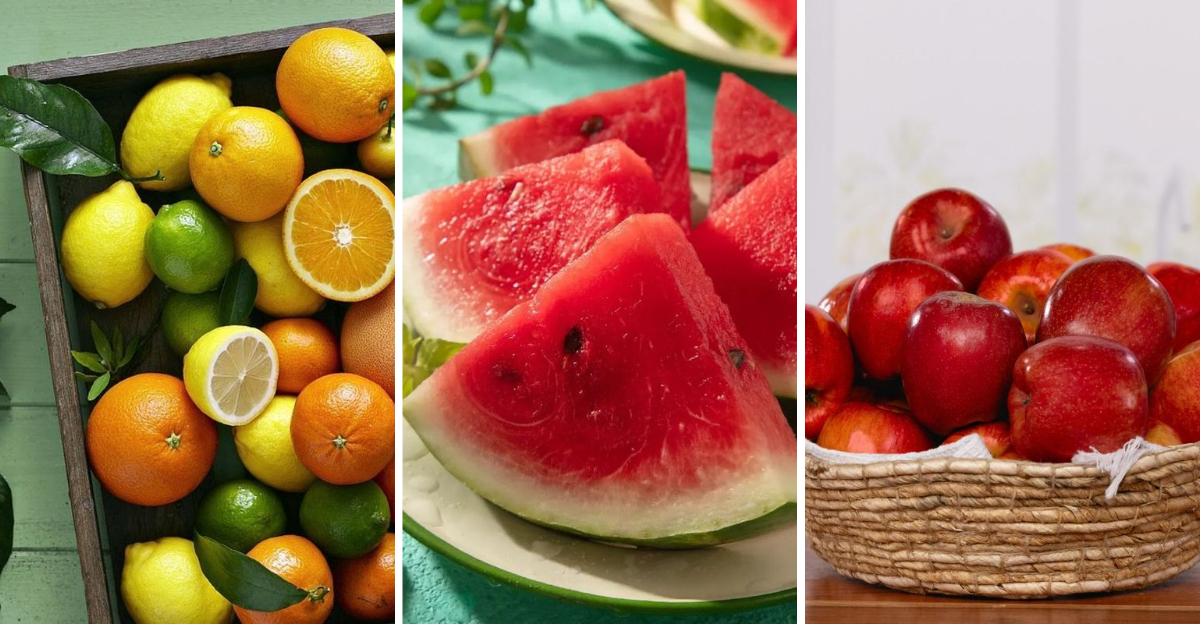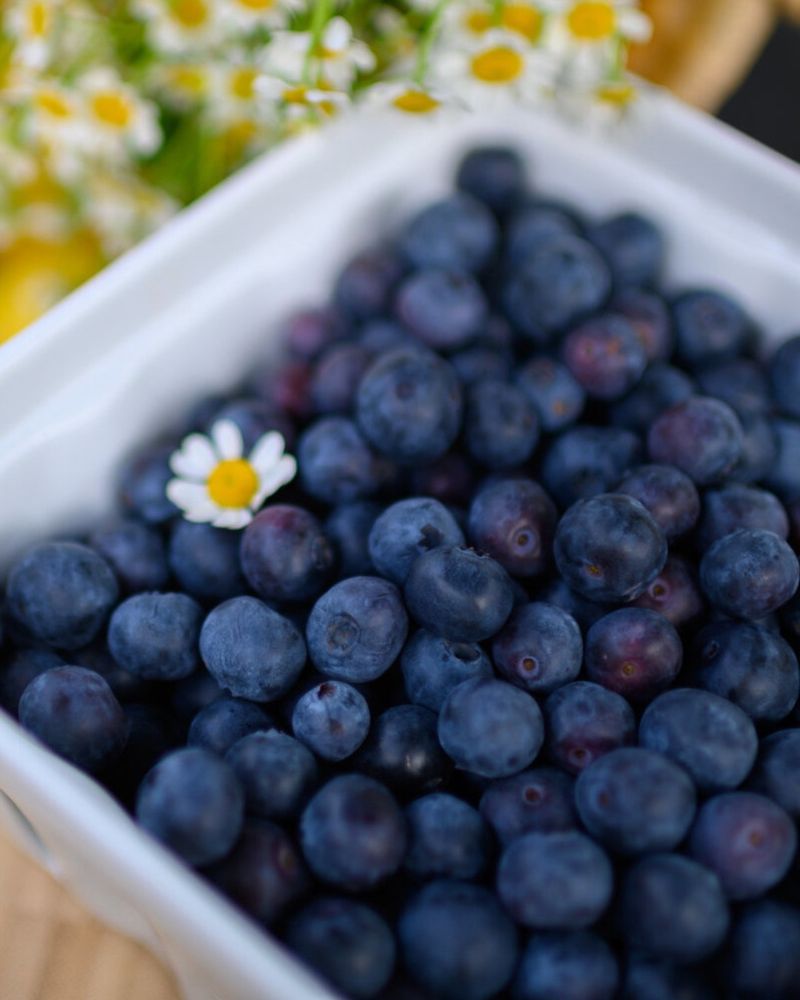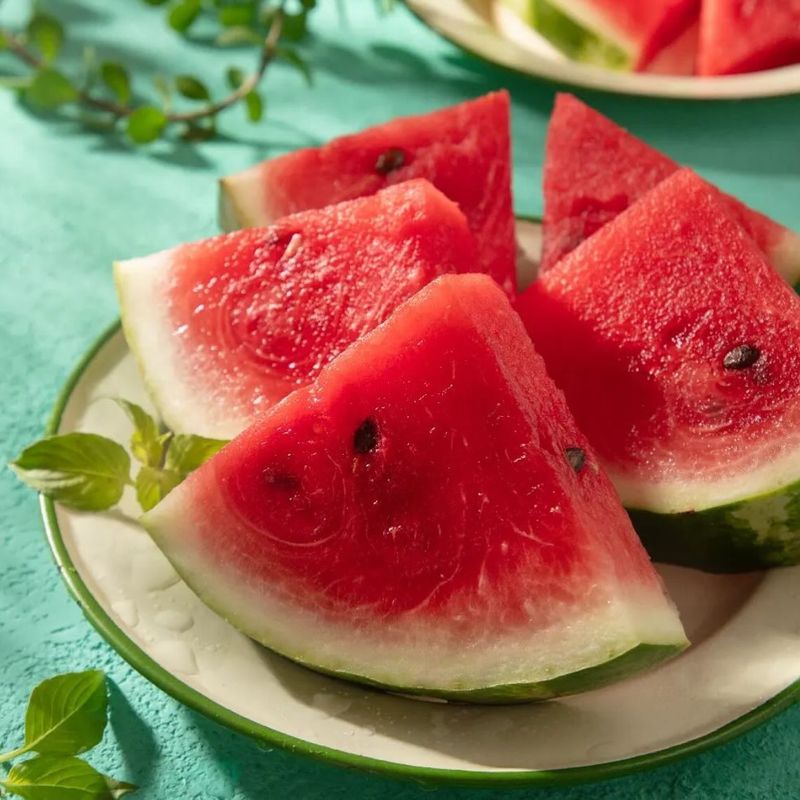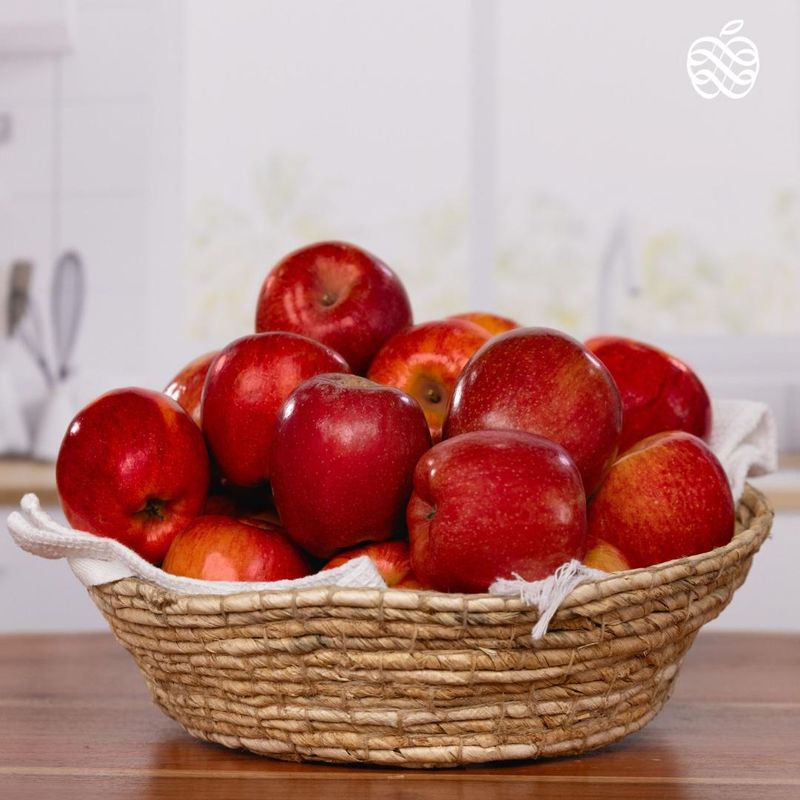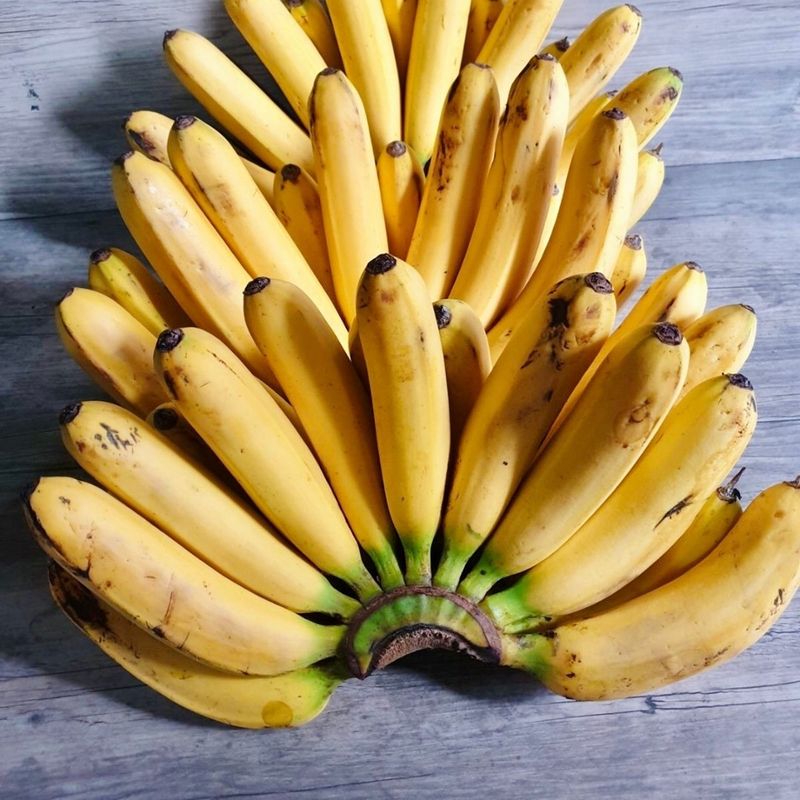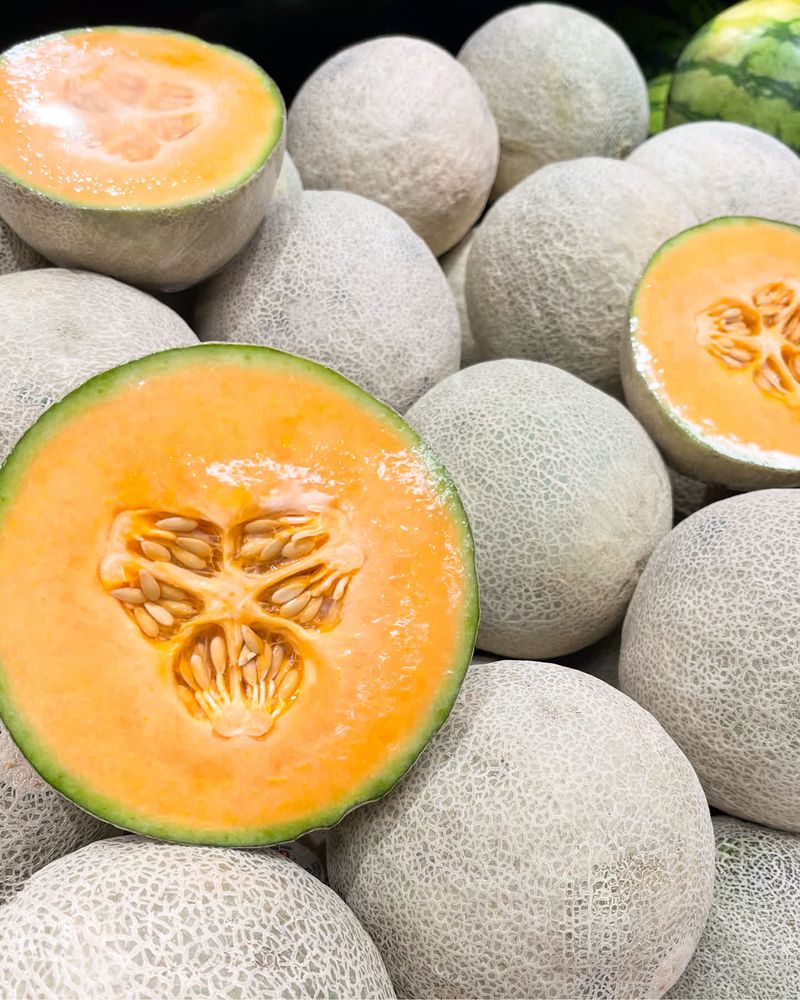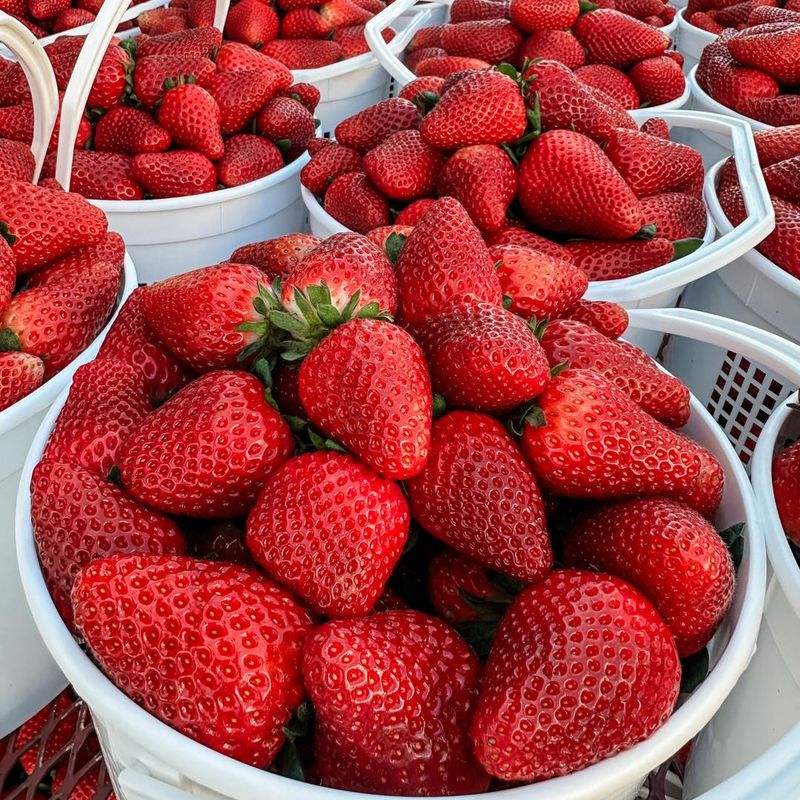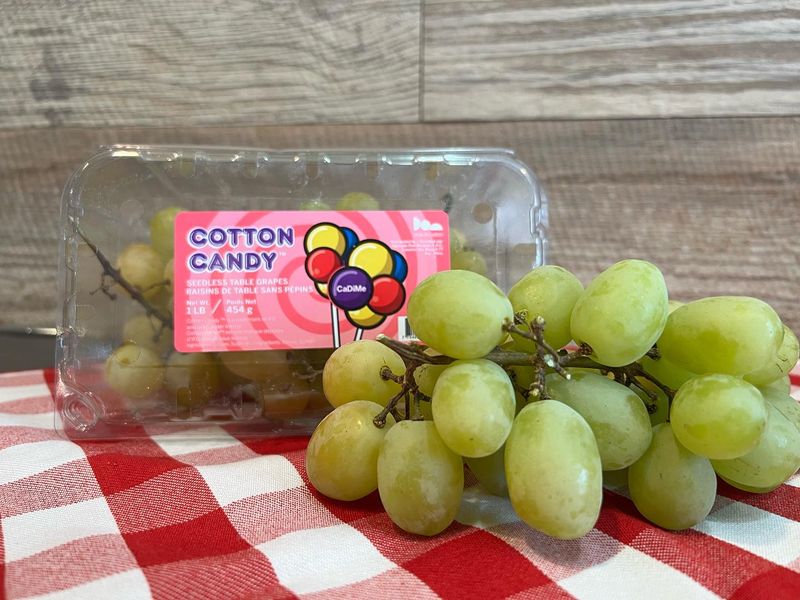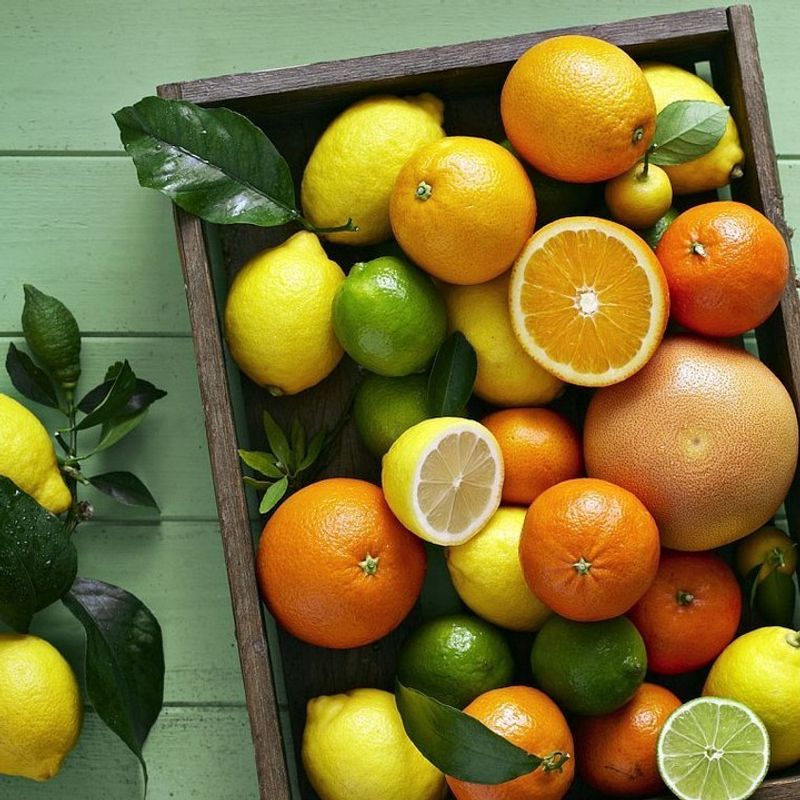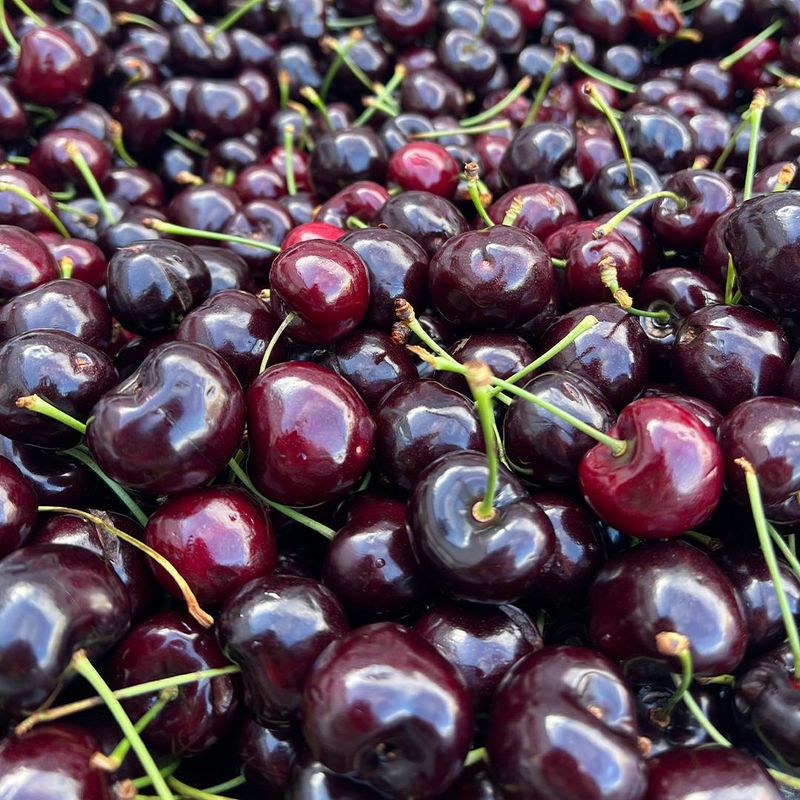📖 Table of Content:
When you’re enjoying a juicy slice of watermelon or crunching on a crisp apple, you may notice a familiar pair of eyes staring up at you, curious and expectant. As cat owners, many of us have been there: our feline companions sniffing at our fruit bowl, batting at a fallen blueberry, or even trying to sneak a bite of what we’re eating. But while a cat’s curiosity is endearing, it can also be risky, especially when it comes to human food.
Cats are obligate carnivores, meaning their bodies are designed to thrive primarily on meat. However, that doesn’t mean they can’t enjoy an occasional fruity snack. In fact, some fruits offer surprising health benefits for cats, such as hydration, fiber, and antioxidants, when served properly and in moderation.
On the flip side, certain fruits that seem harmless to us can be toxic, even deadly, to your furry friend. One innocent nibble of the wrong fruit could lead to serious digestive issues, poisoning, or worse.
That’s why it’s so important to know exactly what you can and can’t share with your cat. This article breaks down 11 common fruits—including the best ones to offer as treats and those you should never leave within paw’s reach.
1. Safe: Blueberries
These small blue gems are packed with vitamins and antioxidants that can benefit your cat’s health when offered in moderation. Most cats find the unique texture intriguing, sometimes batting them around before taking a curious nibble.
The low sugar content makes blueberries a safer option compared to many other fruits. They’re small enough to serve whole as a treat, though some cats prefer them slightly mushed.
Remember that treats should only make up about 10% of your cat’s daily caloric intake. A few blueberries once or twice a week is plenty for your furry friend to enjoy without disrupting their regular diet.
2. Safe: Watermelon
During hot summer days, a small piece of seedless watermelon can help keep your feline friend hydrated while offering a sweet treat. The high water content makes it especially refreshing when temperatures rise.
Always remove the seeds and rind before offering watermelon to your cat. The seeds can cause intestinal blockages, while the rind is difficult to digest and may contain pesticides.
Some cats are drawn to the melon’s subtle sweetness, making it an occasional winner even among picky eaters. Cut watermelon into tiny, bite-sized cubes about the size of your cat’s kibble for easy and safe consumption.
3. Safe: Apples
Apples provide a satisfying crunch along with beneficial fiber and vitamins for your cat. The firm texture can even help remove soft tartar from their teeth during chewing. Many cats enjoy the crisp sensation against their teeth.
Safety first: always remove the seeds and core before sharing apples with your kitty. Apple seeds contain cyanide compounds that are toxic to cats. The skin is safe but may be treated with pesticides, so washing thoroughly or peeling is recommended.
Cut apples into small, thin slices or tiny cubes to make them easier for your cat to manage. Some cats prefer slightly softened apple pieces, which you can achieve by microwaving for a few seconds.
4. Safe: Banana
Soft and easy to digest, bananas offer potassium, vitamin B6, and manganese that can complement your cat’s regular diet. The mushy texture makes bananas particularly appealing to senior cats or those with dental issues.
Cats typically only need a tiny amount—think fingernail-sized piece—to satisfy their curiosity. The high sugar content means bananas should remain an occasional treat rather than a regular offering.
Fun fact: Some cats are attracted to the potassium in bananas, which is similar to compounds found in meat. Try freezing tiny banana chunks for a refreshing summer treat that takes longer to eat, providing both mental stimulation and flavor.
5. Safe: Cantaloupe
Cats often go crazy for cantaloupe! The protein compounds in this melon actually smell similar to meat to feline noses, making it unusually appealing. Many cat owners report their otherwise picky eaters showing surprising enthusiasm for this particular fruit.
Serve cantaloupe without the rind or seeds, cut into pea-sized chunks. The high water content provides hydration while the soft texture makes it easy for cats to eat.
Keep portions tiny since cantaloupe contains natural sugars that aren’t ideal for cats in large amounts. A teaspoon-sized serving once or twice weekly is plenty for your furry friend to enjoy without disrupting their regular carnivorous diet.
6. Safe: Strawberries
Bright red and aromatic, strawberries can intrigue curious cats while providing vitamin C, fiber, and antioxidants. Their unique texture—firm yet juicy—often captures feline attention, though the response varies widely among individual cats.
Always wash strawberries thoroughly to remove pesticides and cut them into small, manageable pieces before offering. Remove the leafy green top completely as it can be difficult to digest.
Some cats may just lick the juice rather than eat the fruit itself. This exploratory behavior is perfectly normal and still allows them to experience new flavors safely. Consider mashing a tiny bit of strawberry into their regular food bowl as an introduction.
7. Safe: Pears
Sweet and juicy pears provide healthy fiber that can aid digestion when offered occasionally to your feline friend. Their relatively high water content also contributes to hydration, making them a refreshing treat.
Similar to apples, pear seeds contain trace amounts of cyanide compounds and should always be removed. The skin can be left on if thoroughly washed, though some cats prefer the softer flesh without skin.
Ripe pears are softer and easier for cats to eat than firm ones. Cut pears into tiny pieces about the size of a pencil eraser to prevent choking and make them easier for your cat to sample without overwhelming their primarily carnivorous system.
8. Toxic: Grapes and Raisins
Grapes and their dried version, raisins, are among the most dangerous fruits for cats. Even small amounts can cause sudden kidney failure in some cats, though scientists haven’t identified exactly which compound causes this severe reaction.
Warning signs of grape toxicity include vomiting, lethargy, decreased appetite, decreased urination, and abdominal pain. These symptoms can appear within hours of consumption and require immediate veterinary attention.
Never leave grapes or raisins accessible to your curious cat. This includes foods containing these ingredients, like certain breads, cookies, and cereals. If you suspect your cat has eaten grapes or raisins, contact your veterinarian immediately—don’t wait for symptoms to appear.
9. Toxic: Citrus Fruits
Oranges, lemons, limes, and grapefruits contain essential oils and acids that can irritate your cat’s digestive system. The strong citrus smell naturally repels most cats—a helpful evolutionary adaptation that protects them from these potentially harmful fruits.
Even small amounts of citrus can cause vomiting, diarrhea, and depression in cats. The oils in the peels are particularly concentrated and even more likely to cause adverse reactions than the fruit itself.
Many commercial cat repellents actually use citrus oils as their active ingredient, highlighting how naturally averse cats are to these scents. If you’re peeling citrus fruits, it’s best to do so away from your curious kitty to prevent accidental ingestion of oils that might spray during the peeling process.
10. Toxic: Cherries
The flesh of cherries isn’t immediately toxic to cats, but the pits, stems, and leaves contain cyanide compounds that can be deadly if chewed or crushed. The small size of cherry pits also presents a significant choking hazard for curious cats.
Cherry pits can cause intestinal blockages if swallowed whole, requiring emergency surgery. The sweet flesh itself contains sugar levels too high for feline digestive systems, potentially leading to digestive upset and contributing to obesity or diabetes over time.
Given these serious risks and minimal nutritional benefits for cats, cherries are best kept completely away from your feline companions. There are many safer fruit options if you want to offer your cat an occasional treat that won’t endanger their health.
11. Toxic: Persimmons
These orange fruits might look tempting, but persimmons can cause problems for your feline friend. The seeds and pits can create intestinal obstructions if swallowed, while the flesh itself can cause stomach upset due to its high sugar content.
Signs of an intestinal blockage include vomiting, lack of appetite, constipation, lethargy, and abdominal pain. These symptoms warrant immediate veterinary attention as blockages can become life-threatening quickly.
Additionally, unripe persimmons contain high levels of tannins that create an extremely astringent taste and can cause digestive issues even in humans. The combination of potential blockage risks and digestive upset makes persimmons a fruit best kept away from curious cats.
